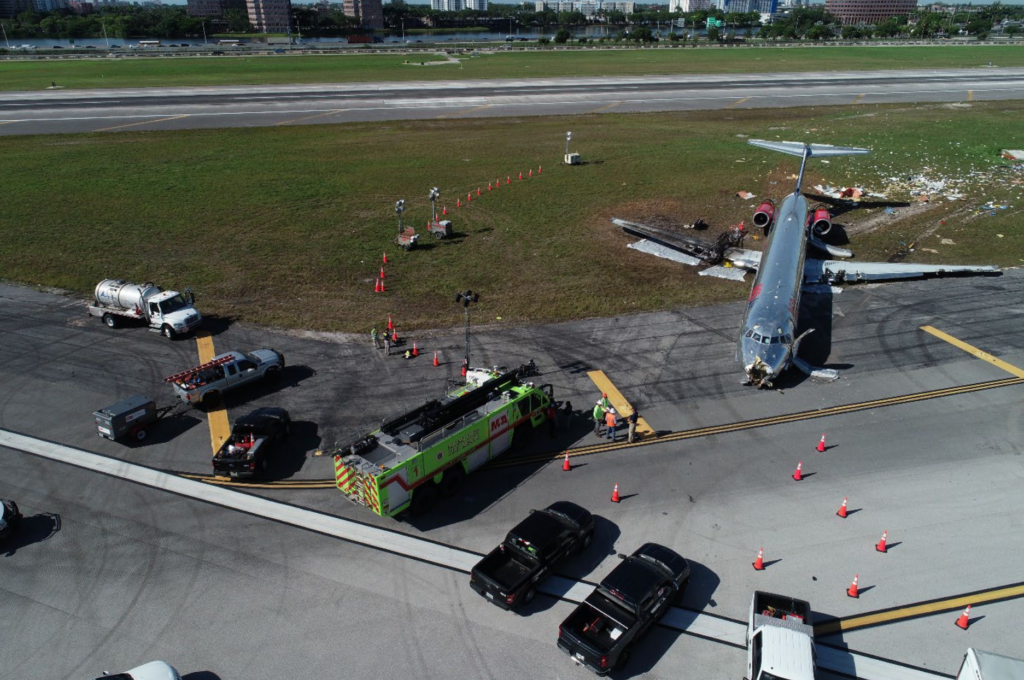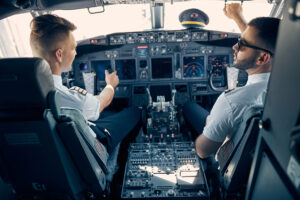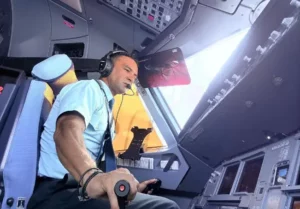Dominican aviation has experienced exponential growth over the past five years, driven by a dangerous mix of GDP expansion and a relaxation in enforcing the laws and regulations governing the national air industry. In a short time, we have witnessed an explosion of airlines and air companies that have taken advantage of this state oversight gap to emerge and grow without adhering to established laws and regulations. The Dominican case is not unique; in other parts of the world, developing countries with some economic growth have irregularly pushed the expansion of their air industries. The result has almost always been the same: an increase in air accidents and incidents and international penalties imposed on their civil aviation systems.
In our country, we have observed the same upward trend in air accidents and incidents, largely due to the mismanagement by authorities. For instance, consider the HELIDOSA accidents at the end of 2021, and just six months later, the RED AIR accident in Miami. In both cases, serious lapses in supervision by the authorities were evident, along with the systematic violation of aviation regulations by the companies. This is compounded by a poor investigation process for accidents and incidents, resulting in years of delay before investigations are concluded—far exceeding international averages—and the consequent lack of necessary recommendations to improve the system.
In the case of RED AIR, it was one of the worst accidents at a U.S. airport in recent years. The poor performance of the Dominican authorities was highlighted in the preliminary report from the National Transportation Safety Board (NTSB). It was alarming to read that the director of the Flight Standards Department of the Dominican Civil Aviation Institute (IDAC), along with the inspectors responsible for supervising RED AIR, lacked even the most basic knowledge regarding their responsibilities, which are clearly delineated in the regulations. Even more concerning is that these individuals still hold those positions. This is occurring even as the country embarks on even greater airline growth, such as the ARAJET project, which is forecasted to be TWENTY times larger than RED AIR—an unprecedented scale in the history of Dominican civil aviation.
The Flight Standards Department of the IDAC is the nerve center of this latent danger in our civil aviation system. Among its responsibilities are the certification, supervision, and inspection of every new airline and air company, domestic or foreign, as well as all general aviation flights operating in the Dominican Republic. In addition, it is responsible for all pilot certifications—from the most novice private pilot to the most recent Boeing 737 MAX captain employed by ARAJET. In any given month, more than 300 different airlines can operate to or from the Dominican Republic, along with hundreds of general aviation flights. The enormity of this challenge becomes evident when we consider that this department still consists of the same small group of inspectors from 10–15 years ago, almost none with experience in modern airline operations, and who, in theory, have certified an average of only 2–3 new airlines per year (a number that, given the department’s size, would have taken 15 years to achieve in the U.S.).
This lamentable chain of events has caught the attention of the aeronautical authorities at the International Civil Aviation Organization (ICAO) and in the United States. In July of last year, the U.S. Federal Aviation Administration (FAA) informed the Dominican Republic of the start of a CATEGORY RECERTIFICATION inspection as part of its International Aviation Safety Assessment (IASA) program—an inspection carried out only when a country’s oversight of its civil aviation system has precipitously declined. This inspection was divided into two visits: one in mid-October last year and another in April of this year. So far, the Dominican state has claimed to have passed this inspection, but it has kept the results of the process secret.
Only after media pressure did the IDAC admit the existence of this FAA IASA audit. Departing from reality, the government has chosen to label this recertification as a “normal audit” conducted periodically. This misleading line has been repeated by President Luis Abinader on several occasions. At a time when the civil aviation world demands transparency—especially regarding operational safety issues, as seen with Boeing in the U.S.—the Dominican state has opted to hide its own shortcomings from a traveling public that blindly believes everything is fine every time they board a Dominican-registered aircraft.
The Dominican Republic is no stranger to losing its IASA category; it happened at the end of the ’90s and took thirteen years to recover. A new degradation of the category would be a severe blow to the Dominican civil aviation system and a huge setback in its expansion process. Likewise, we have observed a reckless attitude by new companies like ARAJET, which has initiated long-haul flights (even marketing them as great achievements) without providing the proper rest areas for its pilots—flagrantly violating Dominican aviation regulations without the IDAC even acknowledging that such violations are occurring.
The IDAC is a decentralized institution of the Dominican state, with its budget separated from the national budget. Its main sources of revenue are the collection of taxes on airfares and overflight fees for aircraft crossing national territory. The IDAC manages an annual budget of more than RD$5 million, which, combined with its legal independence and the exorbitant costs of acquiring new equipment, makes it an attractive target for politicians from different parties.
In summary, we are living through a crucial moment for the development of the Dominican aviation sector. We stand at a crossroads: we can either move toward sustainable development that lays the foundation for good jobs in the industry and increases air travel options for Dominicans both at home and abroad, as well as for tourists visiting the country, or we can take the wrong path—continuing to trust leaders who are profoundly ignorant of the technical aspects of their organizations, inspectors who are not up to the task, and companies that continue to emerge and grow without following the laws and regulations designed to keep the traveling public safe. Evidently, this latter path will result in accidents and incidents that would ultimately affect the entire Dominican population.





